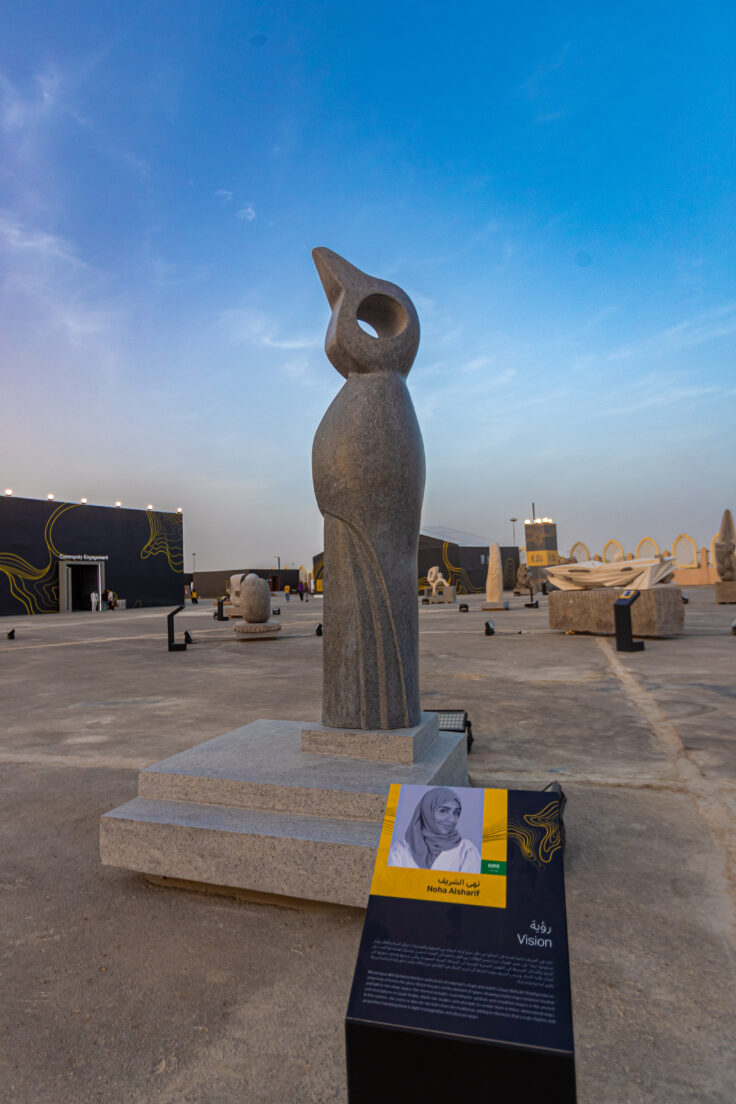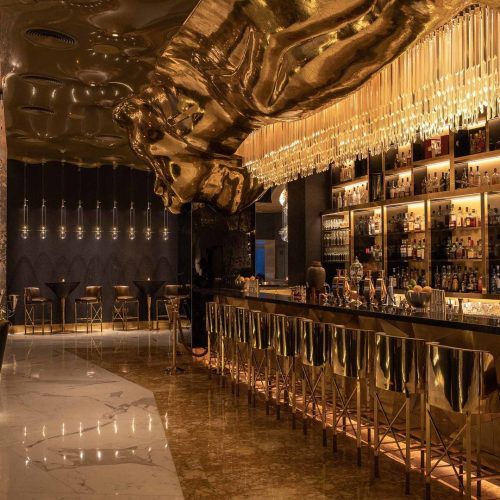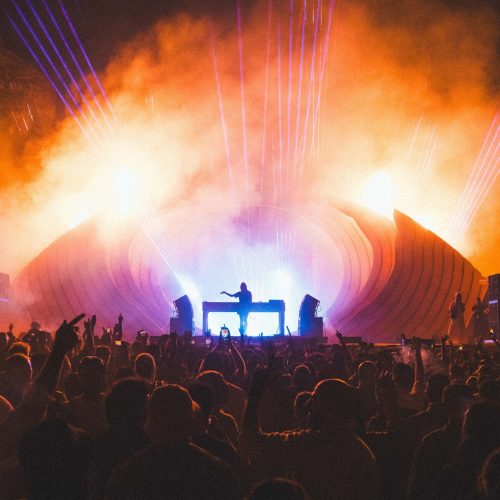By now, most of you are probably aware of Saudi Arabia’s pharaonic quest to modernize, change, and write a whole new chapter in its century-old existence. With most, not to say all, ventures conceived, developed, and thought out to align with the Kingdom’s 2030 Vision — a unique project carrying a plethora of economic and social reforms that seek to diversify the Gulf country’s economy away from oil — Saudi Arabia is currently experiencing a wave of change, with culture at the center of it all.
A few months ago, we were already blown away after our visit to AlUla: a historic town nestled in the North-Eastern province of the Gulf State where ancient history and contemporary art meet, blend, and birth a landscape that like no other. Last week, we headed back to the Kingdom, this time to the Crown Prince Mohammed Bin Salman’s own backyard, namely Riyadh, to discover Tuwaiq Scultpure, a new initiative that aims to transform the country’s capital into a “gallery without walls.”
The annual symposium, which cut the proverbial ribbon on its fourth edition on Feb. 4, invited local, regional, and international artists to create large-scale public artwork in a live setting. Held as a component of the expansive Riyadh Art Program, considered to be one of the world’s largest public art initiatives, over 600 applicants responded to their open call around the theme “Energy of Harmony,” from which only 30 were carefully handpicked by a panel of experts, including the curator of this year’s iteration of the event, Marek Wolynski, Alaa Tarabzouni, Ali Altokhais, Effat Fadag, and Johannes von Stumm.
The event initially kicked off on Jan. 8 at a specially-built location in the sprawling open-air area of Durrat Al Riyadh Resort & Spa, where artists gathered for 26 consecutive days to bring their sculptures to life while interacting with passersby and industry-involved individuals.
Following the opening ceremony, the slate of works were finally put on display to all, with each artist standing proudly next to their stone-based creations, keen on answering questions while simultaneously shedding light on their creative process which had a little particularity this year which concerned all participants.
“For the first time since the launch of Tuwaiq Sculpture in 2019, the symposium has used stone sourced from quarries in Riyadh, specifically granite and sandstone, also known as Riyadh Stone. This choice bears symbolic significance; it is a way to highlight Saudi Arabia’s rich history with the medium, from ancient artifacts to rock carvings and modern-day sculpture. Now these artworks will not only be part of Riyadh but also part of each artist’s legacy, leaving a momentous mark on the city,” shared Sarah AlRuwayti, Tuwaiq Sculpture Symposium Director.
Kept on display on Durrat Al Riyadh’s site until Feb. 10, the sculptures are now on their way to becoming an integral part of Qasr Al-Hukm, the historical district of Riyadh, as they will be moved across several various permanent outdoor locations across the city.
Although entirely made of stone, each installation conceals within itself a piece of every artists’ mind, a sample of each creative’s intent to produce a visual statement that “reflects the balance we all strive for in our lives, as well as ideas of cohesion and mutual understanding in the midst of great transformative change.”
What made this year’s edition even more interesting and exciting resided in the fact that Tuwaiq’s fourth iteration was graced by a remarkable cohort of Saudi women sculptors, who all brought their best to the table. Rajaa AlShafee, Wafa Alqunibit, and Azhar Saeed are just some of the few names of the exceptional artists who took part in this year’s event. Special mention to Noha Al-Sharif who stunned visitors with her piece, titled ”Vision,” which explored the female body by fusing human and bird-like forms together.
Another highlight of the exhibition included Ikram Kabbaj’s work, a bold and unconventional carving titled “The Waves of the Soul.” Hailing from Morocco, Kabbaj created a sculpture that captured the essence of two complementary energies, evoking a sense of self-discovery that is both soothing and introspective. The title itself gave us a glimpse into the piece’s intention, and the finished product did not disappoint. Kabbaj’s piece was largely inspired by nature, which she skillfully blended with modern and contemporary strokes, resulting in a deconstructed shape that leaves a lasting impression on the viewer, inviting them to reflect on their physical and mental states, ultimately leading to a deeper understanding of themselves.
Looking back, the event can be remembered as a clear-cut success. With 70% of the population under 35, Saudis are evidently keeping busy and inviting the world to either take part or watch. When visiting studios in our time outside of Tuwaiq’s reception, we met dedicated and overly passionate creatives, like Muhannad Shonno, who left us impressed by the amount of talent they had to offer and reminded us of how much of an exciting time is it to be part of the cultural revolution that’s taking place in Saudi Arabia. If it’s not already obvious, this is all just a taste of what’s yet to come and whether you’re a spectator or a participant, there’s no denying that the Kingdom has big things planned, and we can’t wait to see what they do next.











